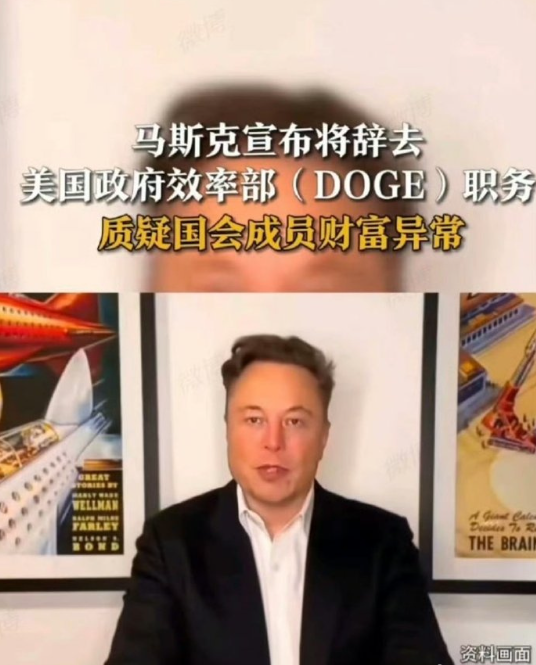“The system is broken, but fixing it requires more than just technological innovation—it demands political courage.” — Elon Musk’s resignation statement
1. Introduction
On January 20, 2025, former U.S. President Donald Trump appointed Elon Musk to lead a new “Department of Government Efficiency” (DOGE). The goal was to tackle corruption and wasteful spending in the U.S. government. However, just 71 days later, on March 31, Musk announced his resignation, with an official departure set for May.

This article explores why Musk’s ambitious reform failed, the pressures he faced, and the broader implications for U.S. politics.
2. The Rise and Fall of Musk’s Government Efficiency Plan
2.1 The 130-Day Promise
Musk publicly pledged to solve government inefficiency within 130 days, aligning with Trump’s assigned timeline. His resignation announcement on March 31 signaled his withdrawal from active reform efforts, though he formally stayed until May to fulfill the promised duration.

2.2 Why Musk Quit Early
- Political Backlash: Musk’s direct criticism of Congress—such as questioning how lawmakers earning $200,000 annually amassed multi-million-dollar wealth—angered powerful figures.
- Threats to Safety: DOGE team members reported daily death threats.
- Tesla’s Crisis: Attacks on Tesla showrooms and burning of vehicles in Rome (dubbed “acts of terrorism” by Musk) hurt Tesla’s stock and angered shareholders.

3. The Unavoidable Failure: Lessons from History
3.1 Comparisons to Historical Reforms
Musk’s attempt mirrored failed reforms in other nations:
- China’s “Hundred Days’ Reform” (1898): Lasted slightly longer (103 days) before collapse.
- Shang Yang (China, 4th century BCE): Successful reforms but executed at the cost of his life.

3.2 The “Soft” Nature of the U.S. Elite
Musk and Trump represent the “national bourgeoisie”—a class with reformist intentions but limited revolutionary resolve. As analysts noted:
“Their weakness is inherent. They want change but lack the will to confront entrenched power structures.”
4. The Aftermath: What’s Next for Musk and the U.S.?
4.1 Musk’s Retreat to Tesla
Facing pressure from investors like Ross Gerber (who demanded Musk focus solely on Tesla or step down), Musk chose self-preservation over national reform.
4.2 America’s Stalled Revolution
Without Musk’s drive, Trump’s administration reverted to conventional governance. Key takeaways:
- Reform Requires Sacrifice: Musk’s early exit spared him but doomed systemic change.
- Systemic Barriers: The U.S. political system resists radical anti-corruption measures.
5. Conclusion
Elon Musk’s 71-day experiment exposed the limits of elite-driven reform in America. While his ambition was commendable, the failure underscores a harsh truth: meaningful change demands more than wealth or influence—it requires unwavering commitment and collective action.
For the U.S., the question remains: If even its most powerful innovators can’t fix the system, who can?
